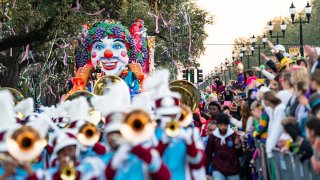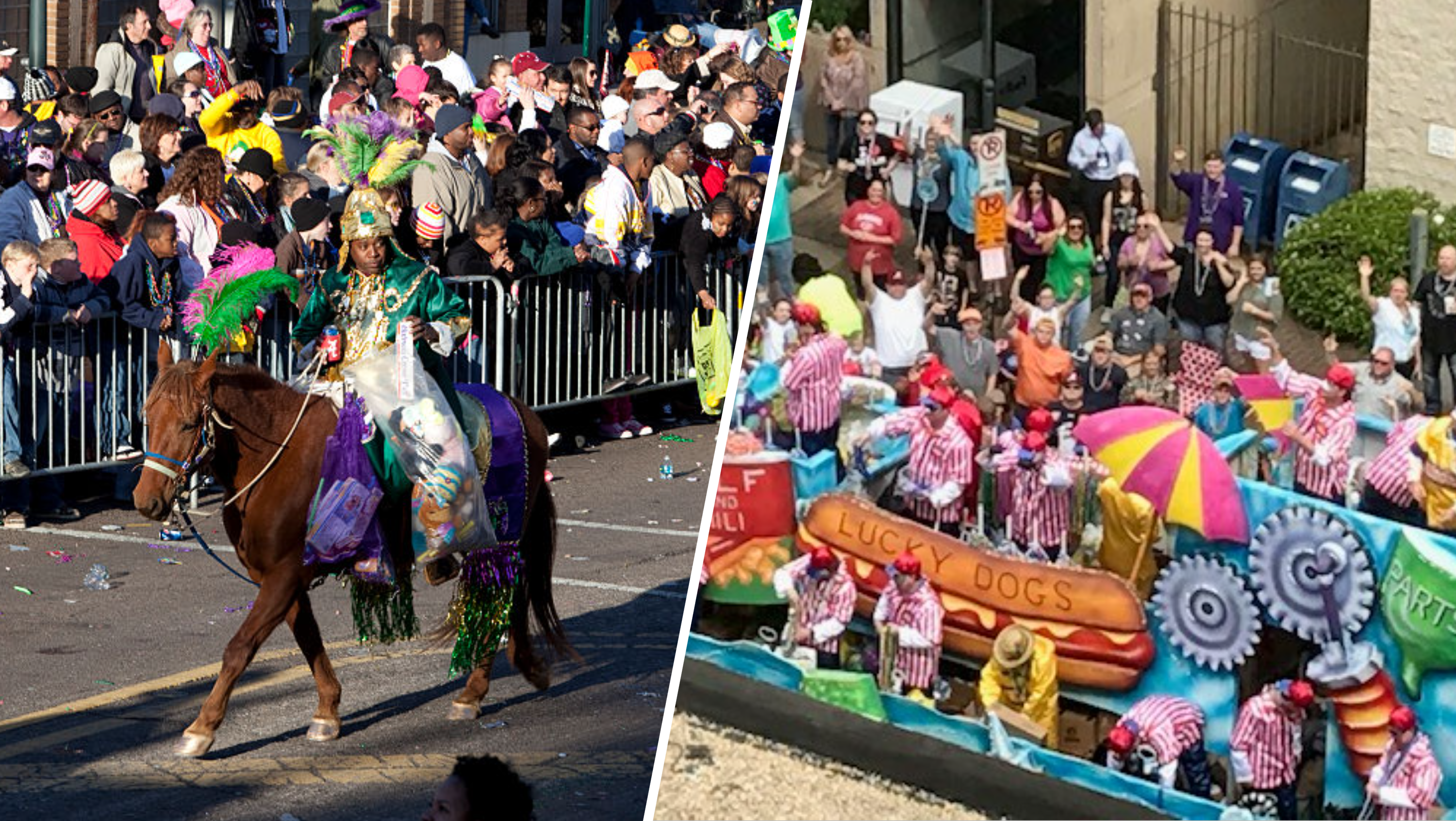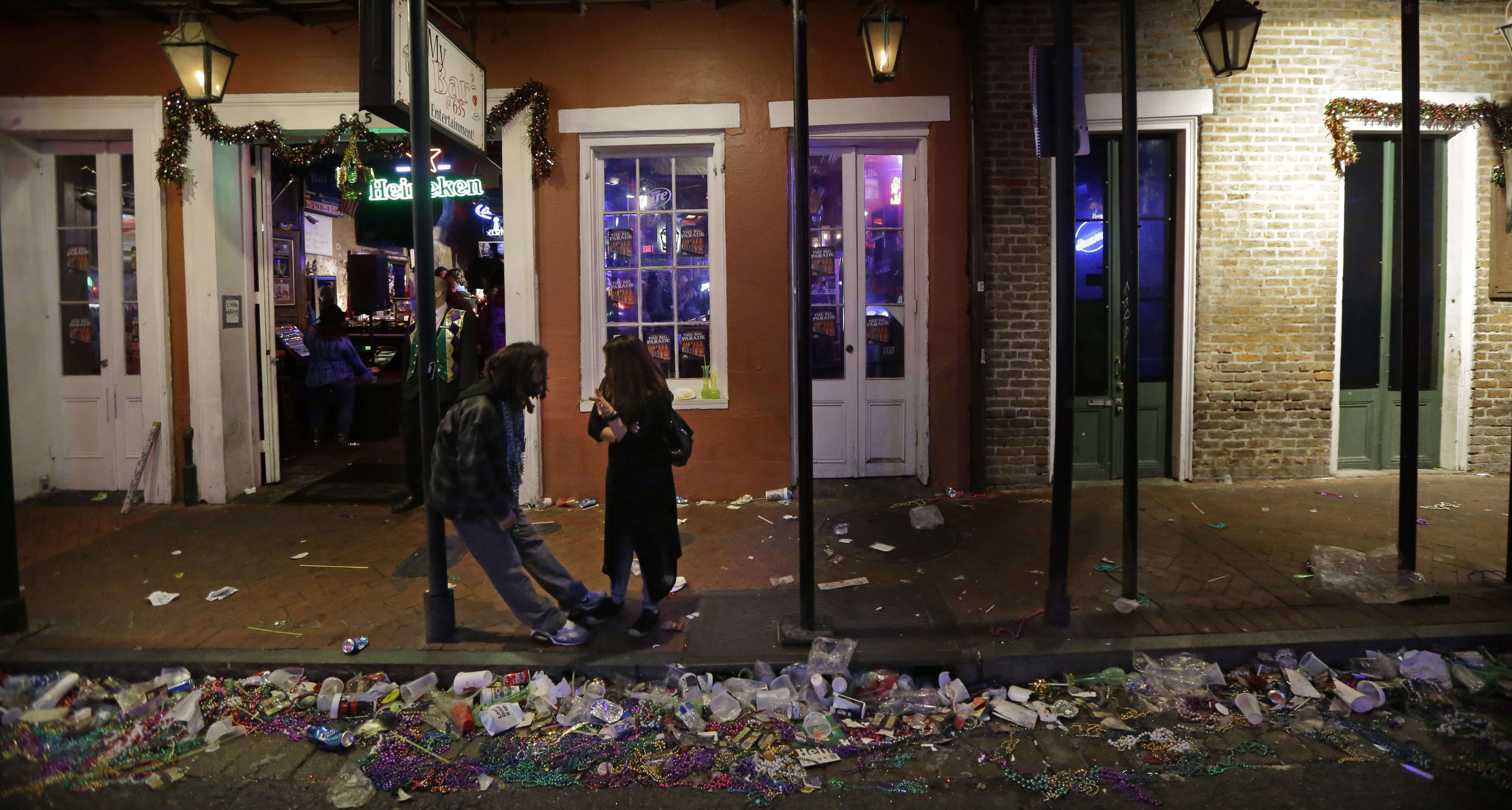
Today is Fat Tuesday, or Mardi Gras, the last day of the Carnival season. It's celebrated in New Orleans and around the United States and the world with parades, balls and parties. But what is Fat Tuesday and why is it celebrated?
What is Fat Tuesday?
WATCH ANYTIME FOR FREE
Stream NBC10 Boston news for free, 24/7, wherever you are. |
Fat Tuesday is the culmination of the Carnival season and the day before the start of Lent. It’s marked with parades, balls and celebrations.
What is the meaning of Fat Tuesday?
Get updates on what's happening in Boston to your inbox. Sign up for our News Headlines newsletter.
Fat Tuesday is the English translation of Mardi Gras. While Mardi Gras is often used, inaccurately, to refer to the entirety of the Carnival season, it’s actually meant to refer just to Fat Tuesday, which marks the culmination of the Carnival season.
Why is it called Fat Tuesday?
Fat Tuesday, or Mardi Gras, is the last day before the start of Lent, or the Lenten period, in the Catholic tradition. Lent is observed as a period of fasting and self-sacrifice, and Fat Tuesday is the last day of merriment and feasting before that begins. According to the Encyclopedia of Alabama — the state where Mardi Gras has its earliest American roots — Fat Tuesday specifically refers to the practice of eating a fattened calf in preparation for the fasting that takes place during Lent.
Where did Mardi Gras start?
While today New Orleans is the nexus of Mardi Gras celebrations in the U.S., it actually started around 140 miles east of the Big Easy in Mobile, Alabama. It was observed for the first time in the New World by French pioneers at Twenty-Seven Mile Bluff, the first settlement of Mobile in 1703. Learn more about Mardi Gras' origins here.



